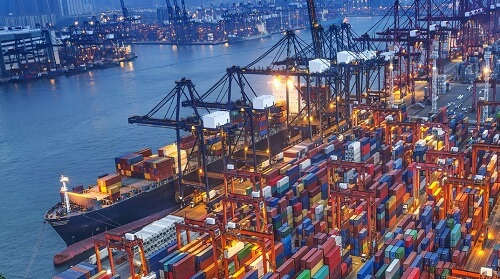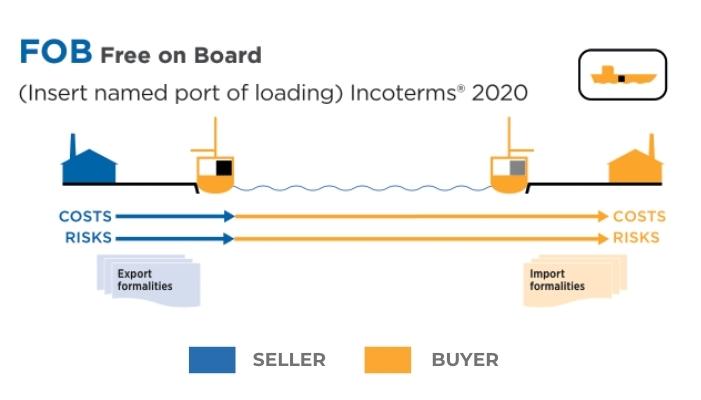Discover the key strategies and best practices for optimizing your freight management process.
Understanding Freight Management
Understanding Freight Management is crucial for businesses that rely on transportation to move their goods from one location to another. It involves the planning, execution, and control of the movement of goods, ensuring they reach their destination in a timely and cost-effective manner.
Freight management includes activities such as freight transportation, warehousing, inventory management, and logistics coordination. It requires a deep understanding of supply chain dynamics, transportation networks, and regulatory requirements.
By understanding the fundamentals of freight management, businesses can streamline their operations, reduce costs, and improve customer satisfaction.
Choosing the Right Transportation Mode
Choosing the right transportation mode is a critical decision in freight management. The choice depends on various factors such as the nature of the goods, distance, time constraints, cost considerations, and environmental impact.
For shorter distances or time-sensitive shipments, air transportation may be the most suitable option. It offers speed and reliability, but it can be more expensive compared to other modes.
Road transportation is commonly used for domestic shipments and provides flexibility in terms of pickup and delivery locations. It is suitable for smaller loads and shorter distances.
Rail transportation is a cost-effective option for long-distance shipments, especially for bulk goods. It offers high capacity and is environmentally friendly.
For international shipments, sea transportation is often the preferred choice due to its low cost and ability to handle large volumes. However, it has longer transit times compared to other modes.
Choosing the right transportation mode requires careful consideration of the specific requirements of each shipment, balancing factors such as cost, speed, reliability, and sustainability.
Utilizing Technology in Freight Management
Technology plays a crucial role in modern freight management, enabling businesses to automate processes, improve efficiency, and gain real-time visibility into their supply chain.
Transportation management systems (TMS) are software platforms that help businesses manage and optimize their freight operations. They provide features such as route optimization, load planning, carrier selection, and freight tracking.
Warehouse management systems (WMS) help businesses streamline their warehousing operations, optimizing inventory management, order fulfillment, and storage space utilization.
Real-time tracking technologies such as GPS and RFID enable businesses to monitor the location and condition of their shipments throughout the transportation process. This improves visibility and allows for proactive management of any potential delays or issues.
Data analytics and artificial intelligence (AI) technologies can analyze large volumes of data to identify patterns and optimize freight management processes. They can help businesses make data-driven decisions, improve forecasting accuracy, and identify areas for cost savings.
By leveraging technology in freight management, businesses can gain a competitive edge, improve operational efficiency, and enhance customer satisfaction.
Implementing Sustainable Practices
Implementing sustainable practices in freight management is not only environmentally responsible but can also result in cost savings and improved brand reputation.
One key aspect of sustainable freight management is optimizing transportation routes to minimize fuel consumption and reduce carbon emissions. This can be achieved through route optimization software, considering factors such as traffic conditions, fuel efficiency, and load balancing.
Another sustainable practice is adopting alternative fuels and energy-efficient vehicles. Electric and hybrid vehicles can significantly reduce greenhouse gas emissions and dependence on fossil fuels.
Efficient warehouse management, including proper inventory planning and space utilization, can also contribute to sustainability by reducing waste and energy consumption.
Collaboration with suppliers and customers to implement practices such as consolidated shipments, shared transportation, and reverse logistics can further reduce the environmental impact of freight transportation.
By implementing sustainable practices, businesses can not only contribute to a greener future but also reduce costs, improve operational efficiency, and enhance their overall brand image.
Measuring Success and Continuous Improvement
Measuring success and continuously improving freight management processes is essential to ensure ongoing efficiency and effectiveness.
Key performance indicators (KPIs) can help businesses track and measure the performance of their freight management operations. Common KPIs include on-time delivery, transportation costs, inventory turnover, and customer satisfaction.
Regular data analysis and performance reviews can identify areas for improvement and optimization. This can involve analyzing transportation routes, carrier performance, warehouse operations, and customer feedback.
Continuous improvement initiatives, such as process automation, training programs, and technology upgrades, can help businesses streamline their freight management processes and stay ahead of the competition.
By measuring success and continuously striving for improvement, businesses can enhance their freight management practices, reduce costs, and deliver better service to their customers.




